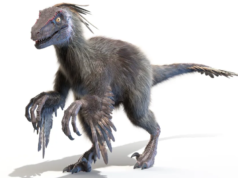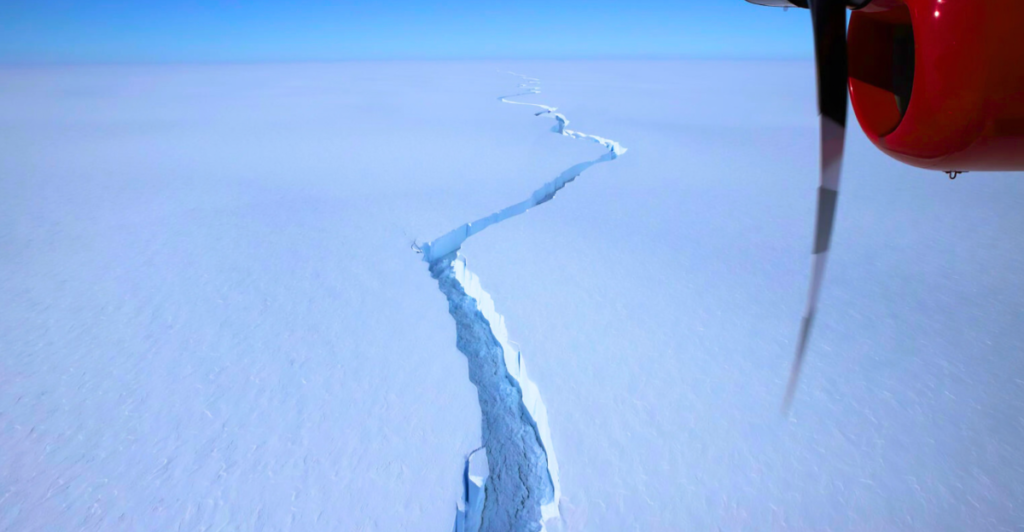
Greenland’s ice sheet is beginning to melt faster than it ever has before. This has implications for climate change, and rising sea levels. Researchers studying the ice sheet have observed some concerning cracks that have happened in record time.
What is a Crevasse?
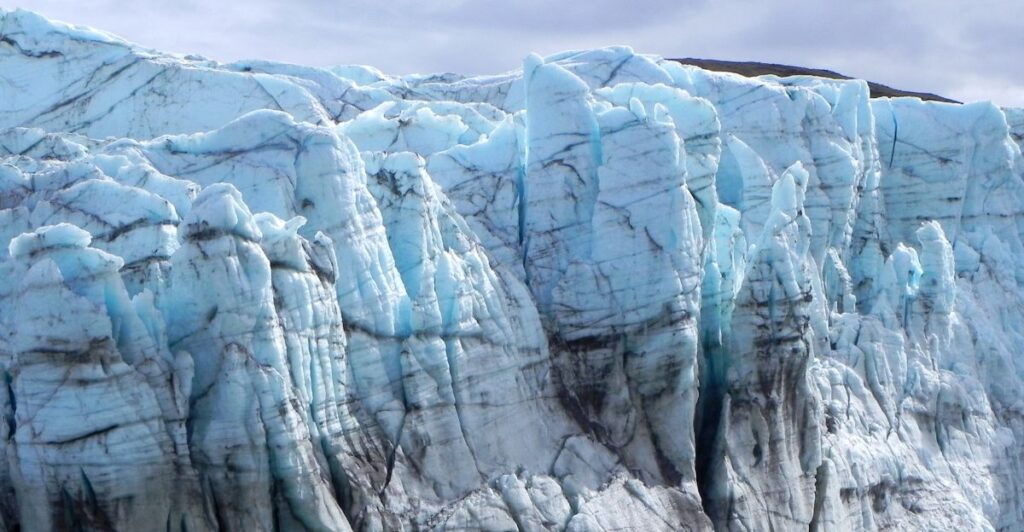
To understand the issue that these cracks in Greenland’s ice land present, it’s first important to understand what a crevasse is. They are deep cracks formed from the ice being under enormous stress. With the cracks happening faster, the ice will melt faster, and the glacier’s movement will increase.
Happening More Often
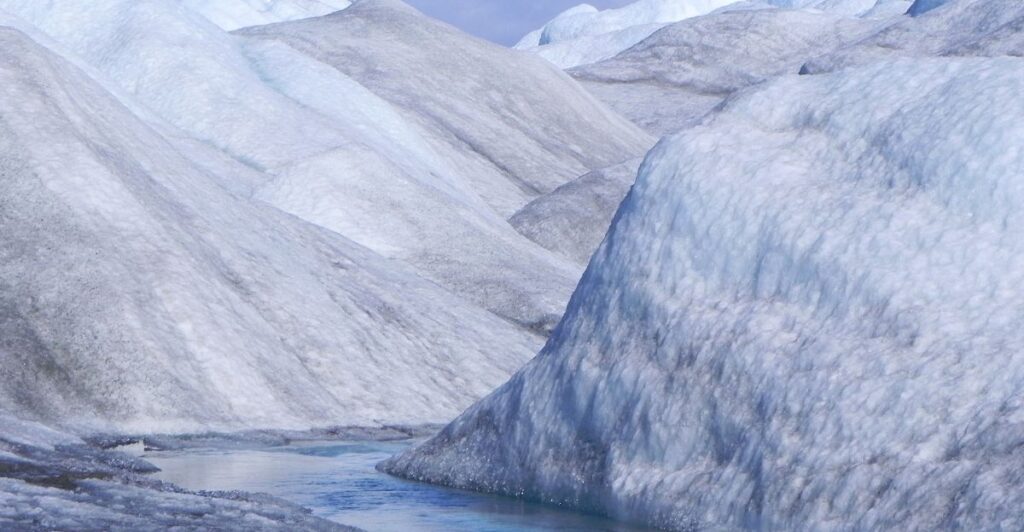
Between 2016 and 2021, Greenland’s ice sheet formed a staggering 930 million cubic meters of new crevasses. That means that in just five years, a crack the size of a pyramid formed every day, according to researchers at the University of Florida. If the cracks keep increasing in frequency, it could have terrible consequences.
A Cycle
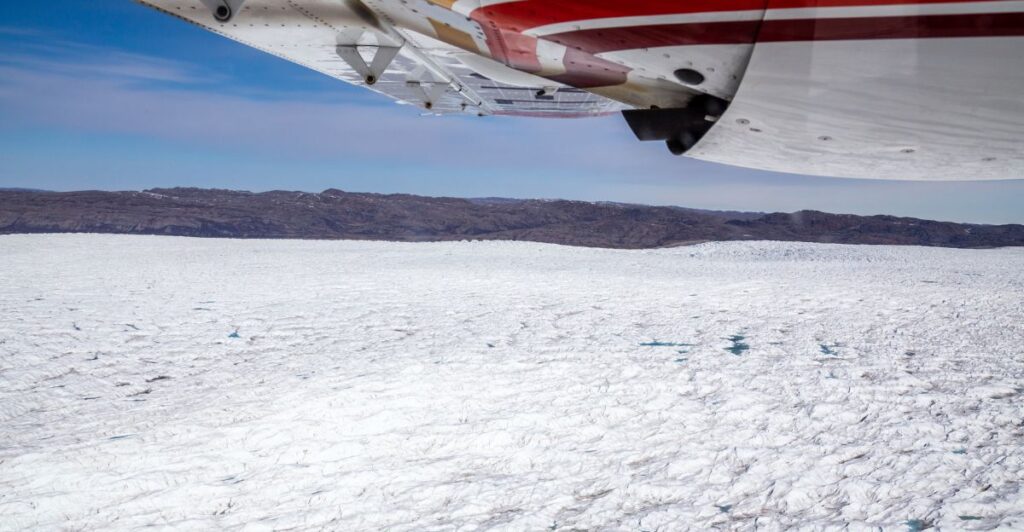
As more crevasses open up in the ice, a concerning trend has been discovered. More crevasses will lead to an increased rate of melting, which will add additional melted water and put a strain on the glacier. This is a cycle that will only accelerate the entire process.
Studying Crevasses

The crevasses are studied and detected through satellite images because it is too dangerous to be anywhere near the cracking and melting ice. The 3D imagery picks up signs of cracks in the ice early, and this is how the new trend has been discovered.
Impact On Sea Level
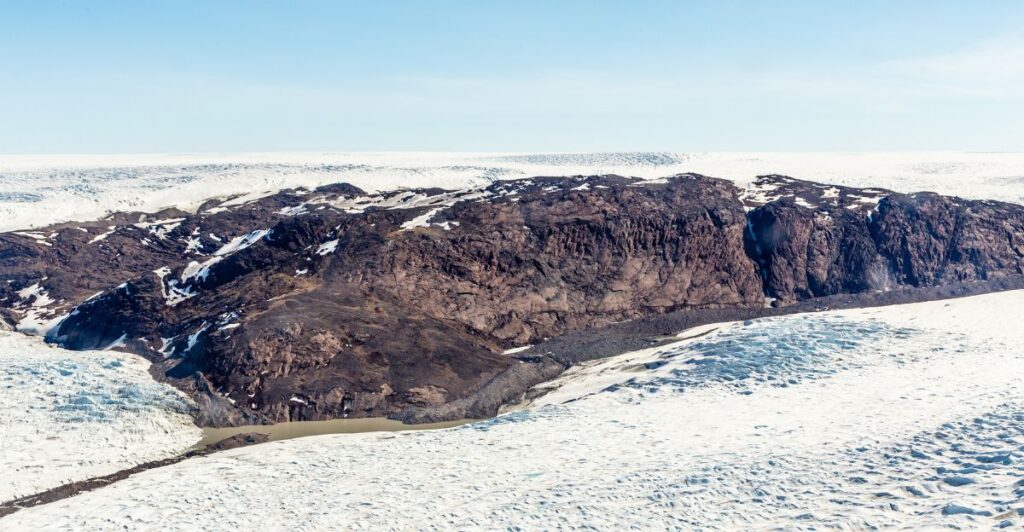
As the ice continues to melt into the ocean, the sea level is impacted. Over the last 30 years, it has contributed nearly half an inch to the sea level. As the cracks and melting increase, researchers believe that it could rise as high as a foot by the year 2100.
Behaving In Strange Ways
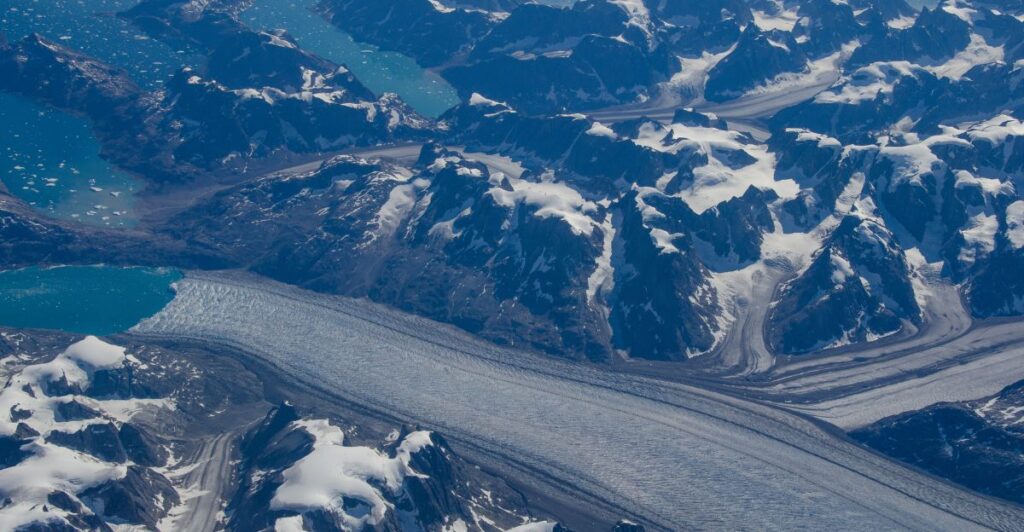
Over the years, researchers have noticed that the ice sheets in Greenland aren’t all acting the same way. In the west, there was a drop in the volume of crevasses, but after the study concluded, the area opened up. The ice sheet should see more crevasses over the years.
Coastal Habitats In Jeopardy
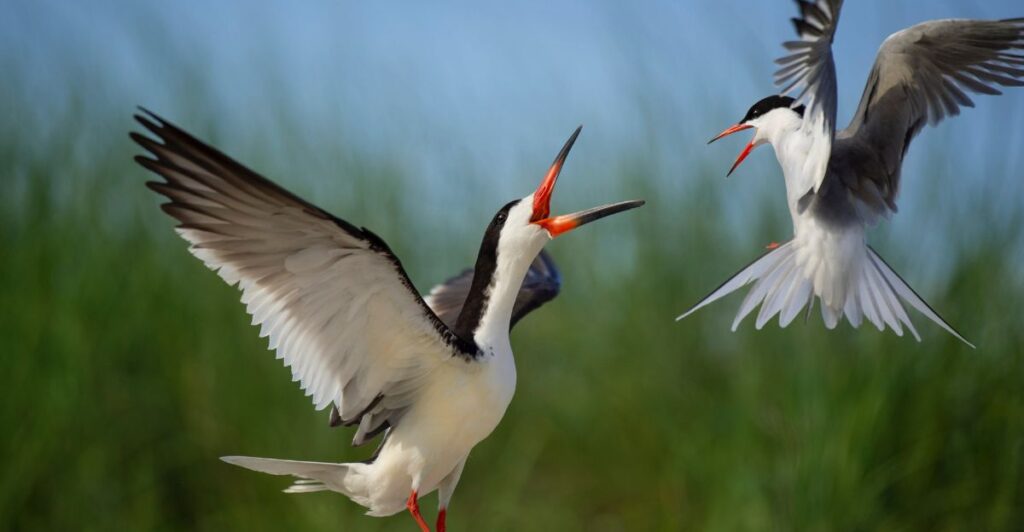
A rising sea level threatens populations, both humans and wildlife, around coastal areas. American Oystercatchers and black skimmers are already declining in population due to land erosion and the loss of their nesting beaches. Marine animals could also be threatened by habitat loss, like monk seals, which would lose their coastal habitat.
Saltwater Intrusions
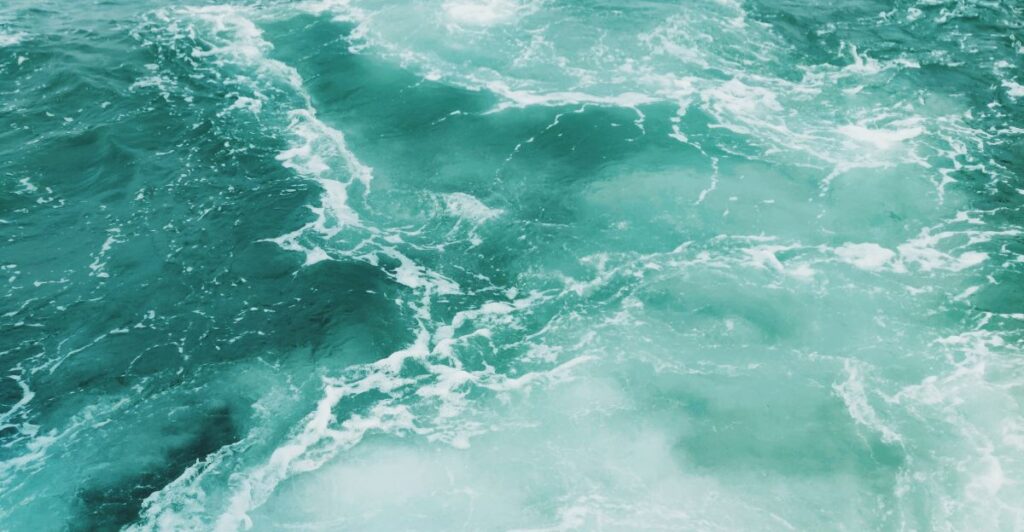
As sea levels rise, an influx of seawater could contaminate freshwater bodies like rivers and lakes. The freshwater wildlife that lives in these ecosystems’ homes would most likely die out or decline in population as saltwater mixes with their freshwater. Crucial drinking sources for animals and humans could also become compromised by seawater.
Impact On Vegetation And Flooding
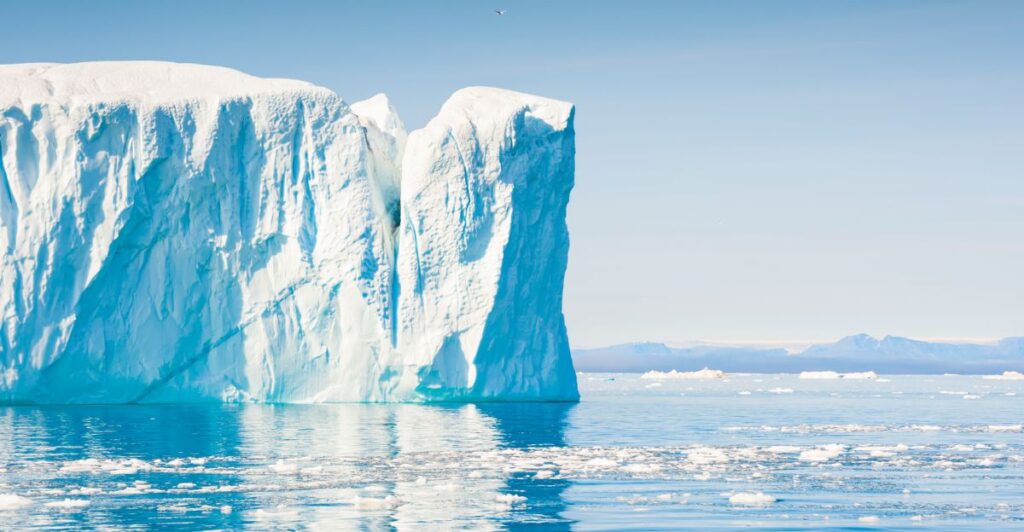
Plants and other vegetation would also be impacted by rising sea levels, as saltwater seeps into the ground and sucked up by root systems. This would have a knock-on effect as animals that rely on vegetation would be negatively affected. Flooding could also destroy entire ecosystems and everything in them.
Affecting Ocean Currents
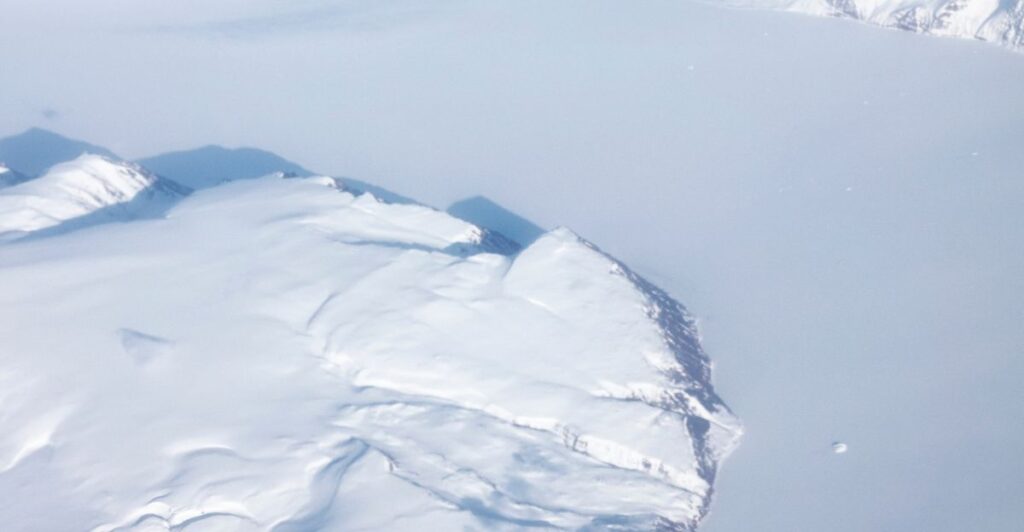
Marine life in the ocean would also, surprisingly, be harmed by the ice melt. Meltwater could affect ocean currents, which many marine animals depend on. The meltwater could also change weather patterns, causing unexpected effects.
Ways To Slow Things Down
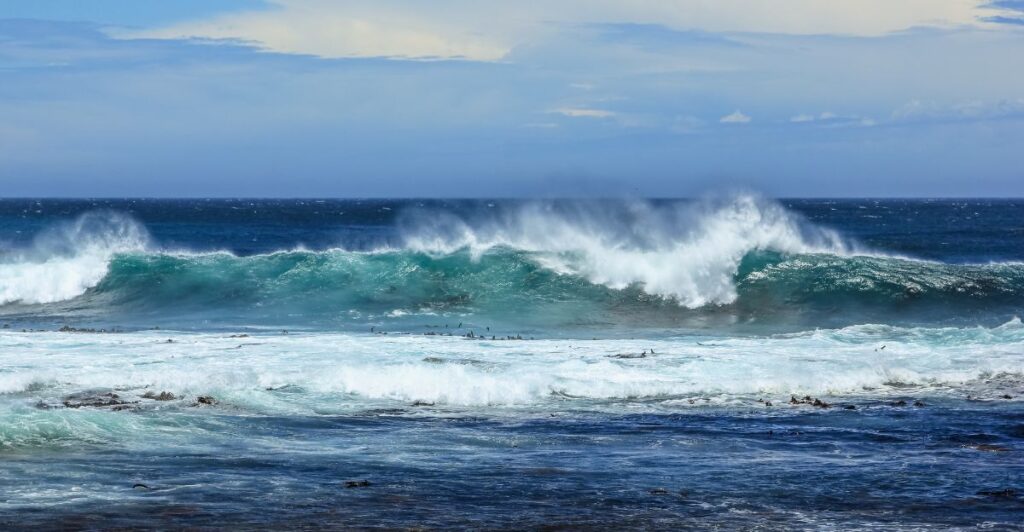
Although it would be incredibly hard to stop the melting of Greenland’s ice sheet completely, we can do something to slow this process down. Many countries are already at least partly switching to renewable and clean energy sources like wind farms, hydroelectric dams, and solar arrays.
A Warning

The increased cracking in the ice sheets can be seen as a warning. We should look towards cleaner energy practices if we do not want catastrophic affects in the future. We can work towards a more sustainable Earth and future for all its inhabitants.
Discover more of our trending stories and follow us to keep them appearing in your feed

Philanthropist Promises To Cover $771.23M Annually After US Exit From Climate Accords
The War on Cows Is Over—And Green Extremists Have Lost
California Is Breaking Apart: A Fault Line Is Forming Faster Than Anyone Predicted
10 Dog Breeds That Shouldn’t Be Pets
References:
Reference 1
Reference 2
Reference 3
This article first appeared here
Stay connected with us for more stories like this! Follow us to get the latest updates or hit the Follow button at the top of this article, and let us know what you think by leaving your feedback below. We’d love to hear from you!



